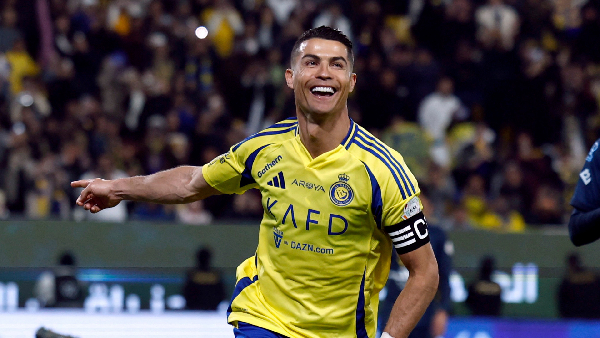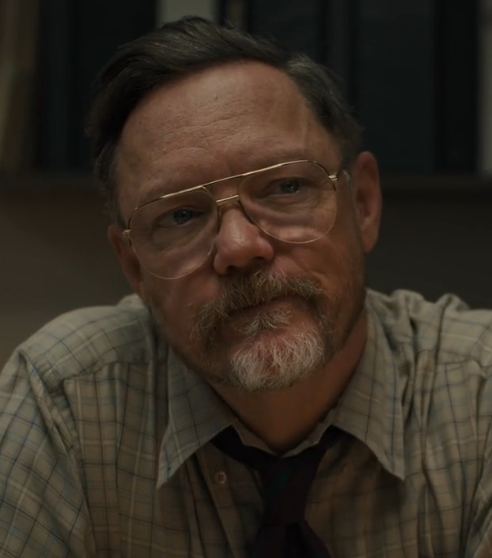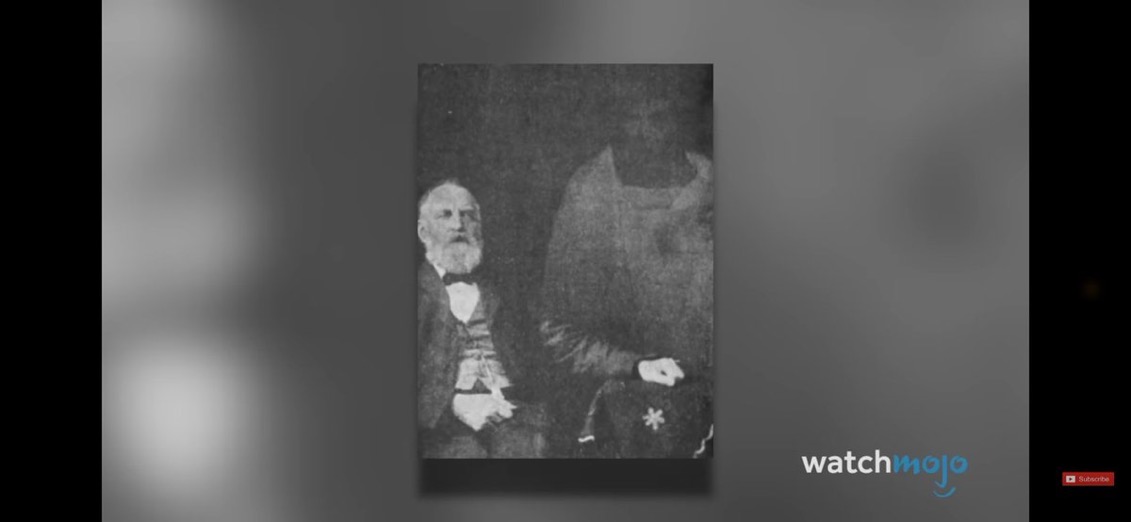I was having a nice day at the beach. Then Nicolas Cage turned up
It’s a postcard-perfect day. The sky is a cloudless blue, the sand is golden brown, waves crash on the beach in rhythm, as I stand on the water’s edge and watch Hollywood superstar Nicolas Cage attempt to force-feed a rat to a drowning man.
I’m on the set of The Surfer, a new film from Irish director Lorcan Finnegan, shot in Yallingup, Western Australia. I am here as an accidental plus-one.
When I got the call to visit the set, no one knew Miranda Tapsell had joined the cast. Such is my commitment to this story, I’d made sure to marry her seven years earlier.

Nicolas Cage is the outsider returning to his childhood home in The Surfer.Credit: Photograph by David Dare Parker
Of course, I leapt at the opportunity. Who wouldn’t want to sit in and see what your partner actually does all day? Especially when “what they do” happens to include performing alongside one of your favourite actors of all time.
From childhood viewings of Con Air, Face/Off and Gone in Sixty Seconds (all far too early), to irony-fuelled teen years with The Wicker Man, to pretentious uni days spent analysing Adaptation, and finally, adult admiration for Moonstruck and tender oddities like Pig – my Nicolas Cage fandom has been lifelong, chaotic, and evolving. Certain expectations come with any Nicolas Cage film, as any fan knows. You cannot always guarantee it will be good or even comprehensible, but you can be certain it will never be boring.
A media storm has followed this production, breakfast news tracking every movement of Cage and his family across the country, including interviews on multiple networks with the owners of Busselton’s Food Of Asia grocery store, who had the honour of selling kimchi, rice and oranges to Cage.
While I’m on set, there’s a quiet fascination with Cage — his methods, his choices, his presence. All the things that make him unmistakably The Cage. I’m told a story of Cage quietly reading the paper, only to notice three passing actors with whom he has a fight scene later in the day, and announce to them that they better prepare for an arse-kicking. The grown men giggle with delight.

Director Lorcan Finnegan with Nicolas Cage on the set of The Surfer in Yallingup.Credit: David Dare Parker
Despite the erratic nature of his character and the “Rage Cage” moniker his back catalogue has picked up over the years, Finnegan says everything Cage does is very thoughtful and deliberate. In The Surfer, Cage plays the eponymous Surfer on a downward spiral as he attempts to buy back his childhood home and surf at his local beach.
“We had lots of conversations in prep before shooting and teased out everything,” Finnegan says. “Nick had some dialogue tweaks, which we included in the script, so by the time we started shooting, he was incredibly prepared and never needed to look at the script again. He also tracked his character’s physical changes, like his limp and his voice becoming hoarse.”
The Surfer’s antagonist walks a line somewhere between sandcastle kicking beach bully and tech evangelist cult leader. Played by Australian actor Julian McMahon, he bounces off Cage in that kind of part-seductive tango, part death-spiral.

Nicolas Cage, from left, director Lorcan Finnegan, Alexander Bertrand, Justin Rosniak and writer Thomas Martin pose for photographers at the Cannes photo call for the film The Surfer.Credit: Invision
“You know what Nic is going to bring is a lot of energy, and a lot of dynamics and a lot of creativity to his piece because he always has and always does. I can’t imagine him not,” McMahon said.
“I don’t know if it’s the influence of Nic’s energy that I knew coming in was going to be present but I definitely felt like this character, there’s a beauty in the quietness and simplicity of him a lot of the time, and that would work nicely with the energy that someone like Nic brings to the piece. You want to take them on a journey. You want to push that boundary. I’ve always found it interesting, when you play a bad guy, to see how much you can get people to love you.”
While I arrive too late to witness my wife’s scene with Cage, Ms Tapsell did agree to grant me an interview (on the proviso I refer to her as “Ms Tapsell”).
“It was absolutely surreal working with Nic Cage. He called a lot of the shots on the set,” she says. “There was no rehearsal, we just had to go for it. Luckily, I knew all my lines. But he was very patient, he was very kind.”
At one point, as cameras and equipment were hastily moved around Tapsell, she had to raise her hand to ask what exactly was going on.
“This man elbowed me and it was Nic and he said “So basically, I am going to go over there and I’m going to kick some ass” and I said to myself, yeah, this is it, this is why I said yes to the project in the first place. I am in Con Air. I am in Face/Off. It’s going to be one of those things that stays with me forever.”
The Surfer features a strong Australian cast, including Nicholas Cassim (The Correspondent, Mr Inbetween) and emerging talent Finn Little. At just 18, Little has already built an impressive resume, from his debut in Storm Boy (2019) to a role in the international series Yellowstone. His role as Cage’s son was shot as he flew back and forth between his year 12 exams.
“It sounded like a good role. Come to Western Australia, do a bit of surfing, hang out with Nic Cage,” Finn says.
Like many on set, Finn had a favourite Cage film he was happy to chat about during production – in his case, the recent hit The Unbearable Weight of Massive Talent. “To take the piss out of yourself in a movie about yourself ... It was a good film.”
Producer Robert Connolly, whose expansive filmmaking career includes Australian stories from Balibo to The Dry, says there are creative opportunities that come with bringing the outside eye into Australian cinema, noting that Wake In Fright was directed by Ted Kotcheff, a Canadian.
Loading
It’s clear speaking with Lorcan that he is a great fan of Australian cinema. “Lots of early Peter Weir films were an inspiration to me in general when I started filmmaking, like The Plumber, Picnic at Hanging Rock, and The Last Wave, as well as Colin Eggleston’s film Long Weekend,” he says.
“Wake in Fright and Walkabout were also key inspirations – and examples of non-Australian directors making very Australian films – so we felt we could continue in that tradition with The Surfer.”
The quest to find the perfect location for the film started in Kalbarri, a six-hour drive north of Perth, and weaved its way down the coast until Lorcan and his team arrived in Yallingup, a journey of over 800 kilometres. There, they found a location so perfect it was as if it had been conjured by the script itself, somehow both claustrophobic and expansive, beautiful and dangerous.
Connolly puts it simply: “This is a film called The Surfer and this is a world renowned surf beach.”
The turbulent surf and perilous escarpment provided a challenge for filmmakers but Connolly was determined to stay out of the studio.
“I’ve always thought that the success of high-end streaming has thrown down the gauntlet to filmmakers to make films for the cinemas even better,” he says.
“Shooting that wide angle, shooting on location, taking the audiences somewhere that they’re going to see the trailer and say ‘What is that? It’s epic.’”
Loading
The Australia depicted is both familiar and unnervingly hyperreal. From The Surfer’s very first interactions with an Australian, where obscenities are barked in his face for no apparent reason, to constant harassment by a band of unruly teens, to the calm but threatening deployment of a “Yeah but nah”.
According to Lorcan, this was the work of screenwriter Thomas Martin, who has spent significant time working in Australia. But they also received a little bit of help from the locals.
“It was great to be surrounded by Australian talent while making the film – there’s some osmosis that happens organically. We also dropped in some colloquialisms and vernacular that the actors or local surfers advised on.”
In the film, we’re shown a country where everyone’s a prick, everyone’s performing some kind of heightened interpretation of masculinity, there’s a cultish devotion to the surf, and an unjustified ownership over a public beach. It’s a heightened, funny, deliberately outrageous Australia, but not one that feels completely beyond the realms of possibility.
Must-see movies, interviews and all the latest from the world of film delivered to your inbox. Sign up for our Screening Room newsletter.









